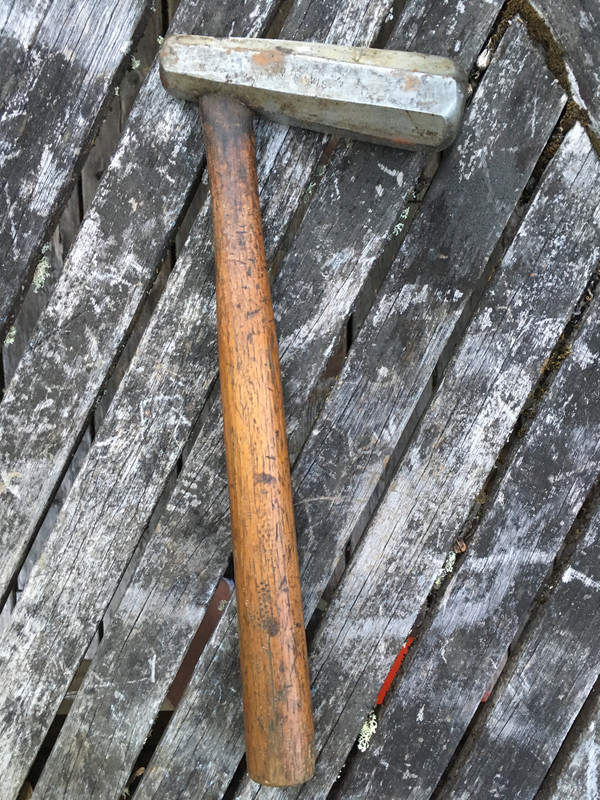- Joined
- Jul 8, 2014
- Messages
- 558
I’m interested in how to determine a good balancing point when refurbishing axes. Where on the haft is the optimal balance point? How do you determine where the balance point should be? Do axes with different purposes have different balancing points? Interested in your ideas.

